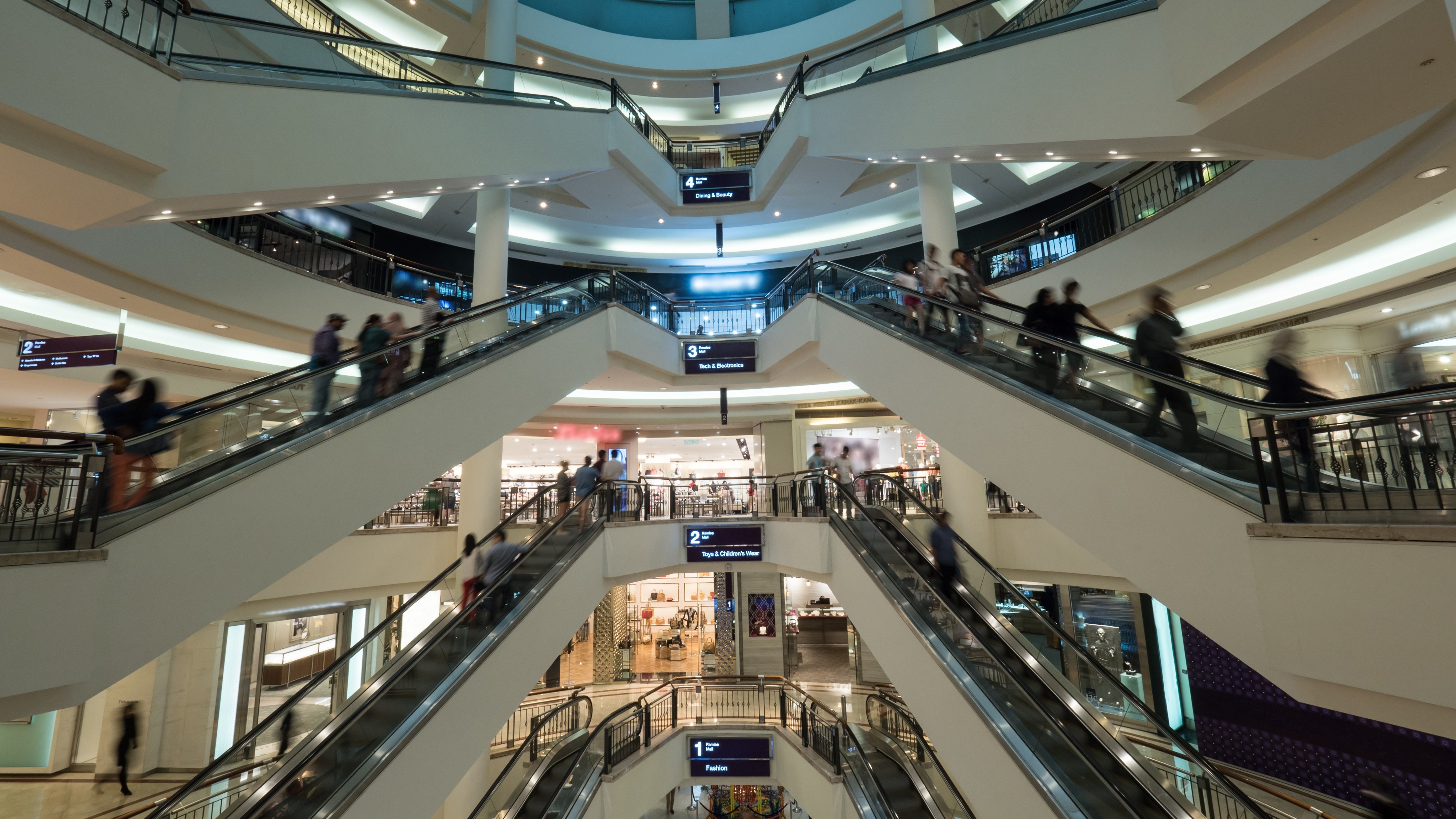The American mall is struggling - it’s estimated that 25% of malls in United States will close by 2025. This shift may have always been inevitable; for each person in the US, there is 26 sq. ft. of real estate dedicated to retail - compared with just 2.5 sq. ft. in Europe. However, despite changing market forces, some malls have found ways to keep and expand consumer interest, and have even begun to thrive in this new, digitally-dominated retail economy. These shopping centers have redesigned the customer experience and capitalized on the opportunities that digital stores have not yet found a way to replicate online. Here’s what America’s malls must do to survive:
Change from Shopping Center to Lifestyle Center
One of the biggest reasons the traditional mall suffers is that it offers a now-antiquated shopping experience. Consumers no longer want to visit ten or twenty stores when shopping. Much more pre-shopping research is conducted online, so when visitors come to a mall, they are highly focused on the two-to-three shops they know will have the products they’ve already decided to buy. Consequently, overall foot traffic is down and malls can no longer rely on a single shopper to explore each and every store in a complex.
As a result, class A-thru-D malls are transforming themselves from shopping centers to “lifestyle centers”. They offer atypical facilities and activities to attract recurring shopping traffic, like gyms, yoga studios, rock-climbing walls, and even beer-making classes. The early results suggest this strategy is working; for example, Westfield’s mall in Topanga, CA saw a 3.6% increase in year-over-year foot traffic in 2017.
Adding a lifestyle component to a shopping center is a creative way to match the in-home convenience of ecommerce, offering it to consumers when they’re outside the house. Going to the gym and realize you need some new gear? You’ve got five retailers within a two minute walk that are ready to sell you what you need - and it’s only possible because your gym is inside a mall.
Redesign the Experience for the Instagram Generation
Top US malls are investing in significant renovations to bring both their technological capabilities and overall design up to a more current standard. Many are using these renovations as a chance to implement a look and feel that entices visitors to capture their live shopping experience. A great example of this is the Platform shopping center in Los Angeles; the shopping center combines high-end retailers, offices, lifestyle facilities, and a beautiful decor to create the perfect backdrop for an endless stream of selfies coupled with shared joy.
Class A properties - the real estate industry’s way of denoting properties with top tier design, features, and amenities - have already set the standard for aesthetic beauty. But leaders like Westfield Mall in San Francisco, have deployed technologies like humanoid robotics to help create more “Instagrammable” moments that lure guests in and keep them shopping. These robots greet customers as the enter the mall, proactively initiating a conversation with their new human friends. They dance, play games, can make special offers to visitors, and physically pose for selfies with shoppers. Humanoid robots work to better inform, engage, and deliver a unique, memorable experience for every individual.
Turn Self-Directed Shopping Into Guided Shopping
Transforming malls into Instagram-friendly lifestyle centers is part of a strategy to create a clear, significant value proposition for shoppers, something that analyst firm McKinsey thinks most malls are failing to do.
To enhance that value propositions, shopping centers need to play a bigger role in customer acquisition than simply being an attractive piece of real estate. Malls will have to partner with retailers to more effectively create and market a full-service shopping experience. Outside of offering basic directions and information to visitors, even the best malls do surprisingly little to help guide the customer. One major opportunity for malls to provide more value to shoppers is to help them accomplish their goals.
The most innovative shopping centers are leveraging mobile apps and social media to entice people to enter the property, and creating tailored routes to help them fulfill their objectives. Interactive technologies that are currently being leveraged with great success by the individual retailers should be leveraged by mall operators to provide a less compartmentalized experience for shoppers.
Imagine the value a mall could deliver to its guests if, upon entering, a person could outline their goals to an interactive device - finding new work clothes, for example. From there, that device could return a tailored shopping plan that guides the visitor through the dozens of stores available, helping them find their go-to brands and discover new ones. These thoughtful services are traditionally isolated to the store-level, but when they are offered mall-wide, become part of the unique experience a mall can offer.
The Bottom Line
There’s no denying the tremendous pressure that malls are facing in the US. Consumers have raised the bar of expectation around convenience, price, and experience. Malls are not helpless to adapt to these changing market forces, however. By working more closely with retailers to make shopping services available outside the individual store, offering lifestyle services in addition to retail, and creating a more memorable experience through technology, malls can recapture lost traffic and appeal to the large segment of the shopping population that value the social, interactive elements of the shopping experience.







